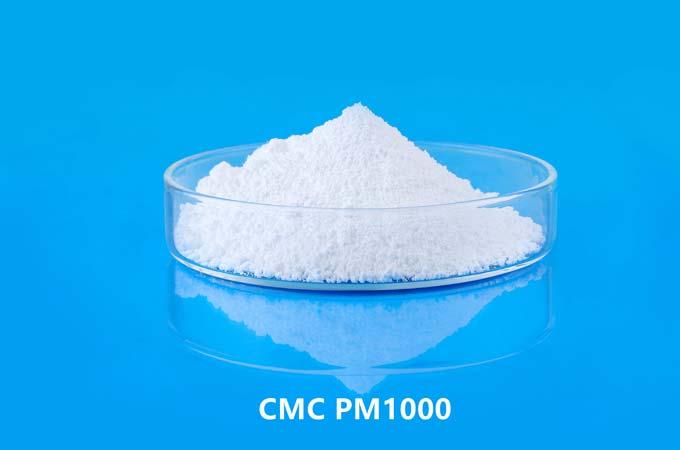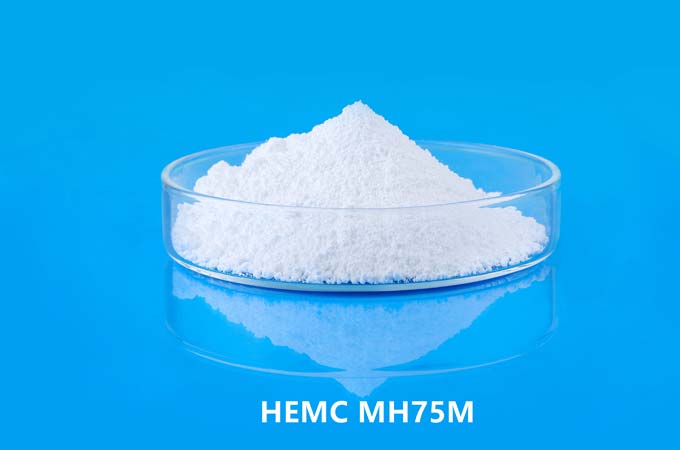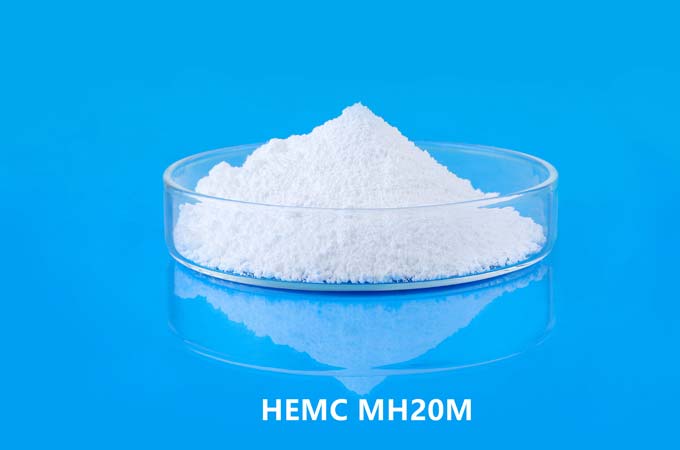Hydroxypropyl methylcellulose (HPMC) is a multifunctional compound widely used in the construction industry, particularly in dry-pack mortar formulations. Dry pack mortar is a mixture of cement, sand, and sometimes other additives, mixed with a small amount of water to create a hard, moldable consistency. HPMC plays a vital role in the performance of dry pack mortar due to its unique properties.
1. Introduction to HPMC:
Hydroxypropyl methylcellulose is a cellulose ether derived from natural polymer cellulose. It is chemically modified to enhance its performance in various applications. HPMC has water-retaining, thickening and film-forming properties, making it ideal as a building material.
2. Water retention:
One of the key functions of HPMC in dry-pack mortars is its ability to retain water. Water retention is crucial for building materials as it prevents the mixture from drying out too quickly. In dry-pack mortars, maintaining a proper water balance is crucial for hydration of the cement, ensuring optimal curing and strength development.
3. Thickening performance:
HPMC, like HPMC E 5, acts as a thickening agent in dry-pack mortars, improving the workability and consistency of the mixture. This is especially important in applications requiring a hard, sticky mortar. The thickening properties of HPMC aid in the handling and application of dry-pack mortars.
4. Improve workability:
The addition of HPMC to dry pack mortar provides a smooth and sticky texture, thus improving its workability. This is beneficial during installation as it adheres better to the surface and helps shape the mortar to meet specific requirements.
5. Reduce shrinkage:
Shrinkage is a common problem in mortar applications, causing cracks and compromised structural integrity. HPMC helps mitigate the shrinkage of dry-pack mortar, ensuring the mixture retains its volume and structure as it cures. This is critical to the durability and long-term performance of building components.
6. Enhance adhesion:
HPMC helps improve the bonding properties of dry-pack mortar, promoting a strong bond between the mortar and the substrate. This is critical in a variety of construction applications where strong bonding is necessary for structural stability.
7. Film-forming characteristics:
HPMC, such as HPMC K15M, has film-forming properties and can form a thin layer on the mortar surface after construction. The film acts as a protective barrier, increasing resistance to external factors such as water penetration, abrasion and weathering.
8. Compatibility with additives:
HPMC is compatible with a wide range of additives to enable custom dry pack mortar formulations. This versatility enables manufacturers and construction professionals to tailor the performance of mortars to meet specific project requirements.
9. Environmental considerations:
HPMC is considered environmentally friendly as it is derived from renewable resources. Its use in construction materials is in line with sustainability goals and contributes to the development of environmentally friendly building solutions.
10. Conclusion:
Hydroxypropyl methylcellulose plays a vital role in improving the performance of dry-packed mortars in the construction industry. Its water retention, thickening and film-forming properties help improve the workability of the mortar, reduce shrinkage, enhance adhesion and overall durability. As a versatile and environmentally friendly additive, HPMC remains an important component in building material formulations, ensuring the reliability and longevity of various structural elements.
 English
English 日本語
日本語 français
français Deutsch
Deutsch Español
Español italiano
italiano русский
русский português
português العربية
العربية Türkçe
Türkçe Nederland
Nederland



